Spirit Boards, Talking Boards, Ghost Boards; Whatever you call them, they’re all synonymous with one name – Ouija. Without thinking, we attribute Ouija’s creation and branding to a huge faceless company, peddling plastic ponies in one hand and sprit communication devices in the other.
But while stocks and patents are sold and traded, Ouija’s roots are far more legitimate than many of us would expect.
In 2018, The Talking Board Historical Society did immense work in documenting the true roots of the Ouija board.
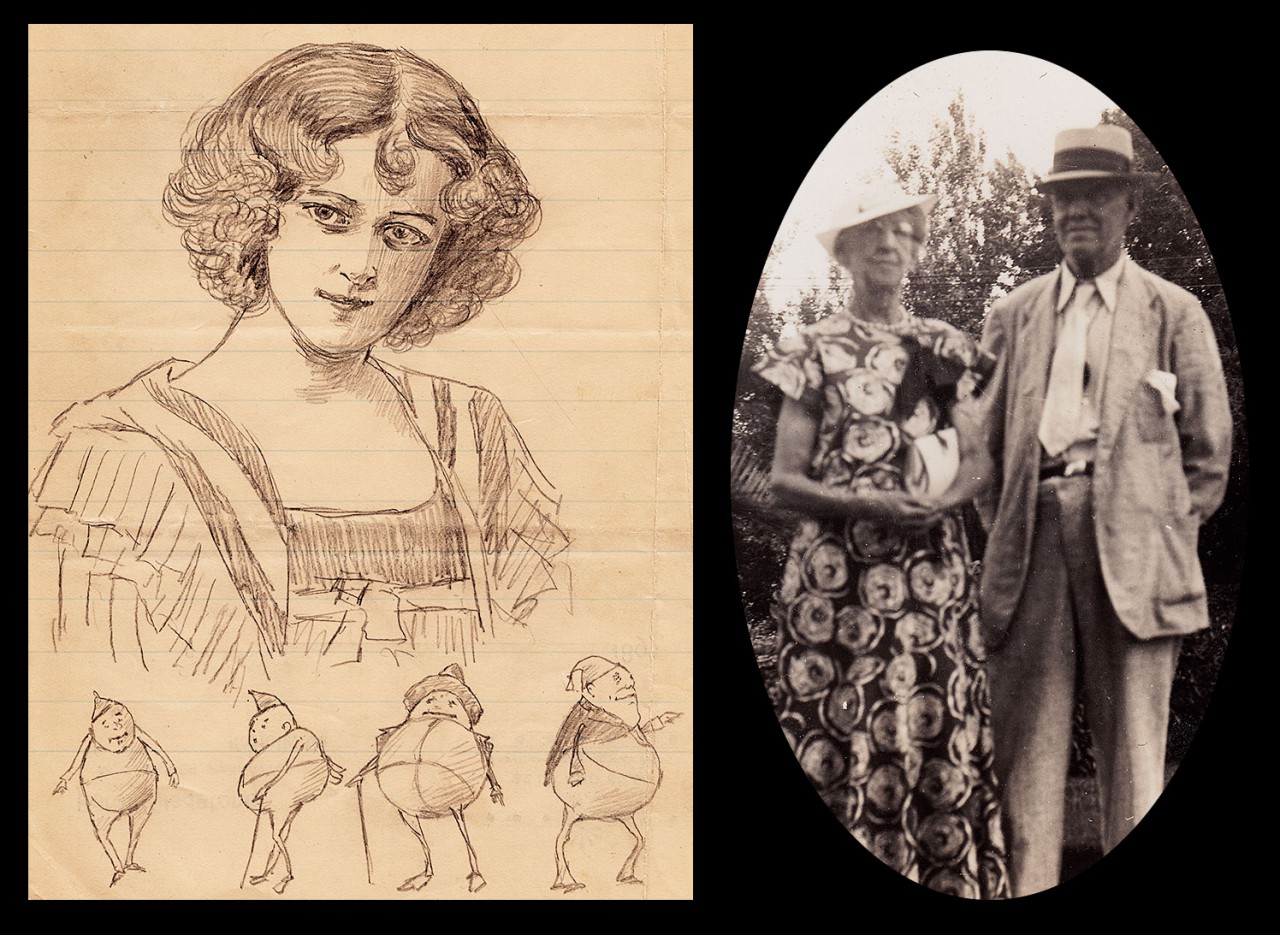
While we see ‘Ouija’ boards as being solely marketed as a parlour game in the US, the more wider world of ‘talking boards’ – i.e boards printed with letters which one uses to communicate with spirits etc – has rather more historic roots.
Historically, prior to this, talking boards had been used worldwide for centuries. In China, there is evidence of usage as far back as 1100AD where they were used ritualistically and as a means of spirit communication. That is, until they were banned by the Quing dynasty around 1644.
The American spiritualist movement similarly saw widespread usage of printed alphabet boards as a means of contacting the dead. But the nuances of historic spirit contact, although vast and fascinating, aren’t for discussion today. It was not until Elijah Bond, a seasoned inventor, lawyer and businessman, saw to patent his particular planchette and board combination and launch the Ouija board into new realms.
In 1901, production was taken over by William Fuld, who began to produce the boards under his own name, suggesting that it was him personally who named the board. When asked of the roots of ‘Ouija’, he initially remarked that he learned the name from the board itself, and that it was an old Egyptian term, meaning ‘good luck’. Later, when popularity increased, Fuld went on to say that ‘Ouija’ was simply a combination of the French and German words for ‘yes’ (‘Oui’/’Ja’). Questionable claims aside, Fuld’s boards flooded the market and reached peak popularity in the 20s and 30s. To this day, his name is synonymous with the manufacture and popularisation of the board.
But why are Ouija boards truly called as such? Was Fuld’s claim correct? While this is widely accepted as the true etymological roots of the name, new research begs to differ.

Talking boards existed long before Ouija, and will last long after, but it’s the trademarked name that still holds clout in popular culture.
In a labour of love, Talking Board Historical Society (TBHS) founder Robert Murch found long forgotten references to Nosworthy’s input in the archives of the Baltimore Sun newspaper. In a series of publically-printed letters, Charles Kennard and Elijah Bond, co-creators of the board, aired their dirty laundry in newsprint
In these letters, it was recorded that Elijah Bond (the patent holder) brought his sister-in-law, Miss Peters, to patent meetings to demonstrate the power of the board. Helen was noted as being a ‘strong medium’ who, when testing the board, asked the unnamed device what it would like to be called. The board replied with ‘O-U-I-J-A’, which, when pressed was revealed to mean ‘good luck’.
Obtaining a patent for a device to contact the unknown was problematic, even in the 19thcentury. When Elijah Bond began to file for patents, the local patent office replied that they were unable to grant such a patent to an untested and unproven device. Subsequently, the pair travelled to Washington DC where their device was repeatedly brushed aside by inspectors until the chief patent officer’s interest was piqued by the strange board.
Supposedly, it was then that the officer promised to grant the patent, should the board be able to spell out his name, which was unknown to Bond and Peters.

A relative of Nosworthy recently recounted the story to Robert Much, stating that –
“The Patent Office told them that they couldn’t get a patent on Ouija unless they came to Washington to show them that it really worked. They headed down and Helen sat at the board. Inspector after inspector passed them on and up the chain. No one wanted to be the one to give them the patent. Finally, the chief of the patent office came in and said “You don’t know me, and I don’t know you. If this contraption can spell out my name you’ve got your patent.” When the board finished spelling out his name the chief got up and started to walk out. He turned around white as a ghost and said to them “You’ve got your patent” and he walked out in a hurry.”
The patent was granted and the Ouija board began its life beyond Baltimore.

Interestingly, Helen’s relationship with the Ouija board was not as pleasant and as enduring as one would have presumed. A family rift saw Helen’s relationship with the Ouija irreparably severed.
Robert Murch explains –
‘The Peters were a southern family and many served in the Confederacy….(the children were told) that after a battle had been fought in on their property, Helen and her brothers and sisters went out and cut off the buttons of the dead soldier’s uniforms and took them home. They kept this collection of buttons proudly displayed. One day they noticed the buttons were missing. They asked the Ouija board what happened and it answered that one of their own had stolen them. They asked who, and it spelled out which family member it was, and BAM, the Peters Family Feud was born. Half the family believed the board and half didn’t, Helen among the latter. It split the family in two, broke Helen’s heart, and she disavowed the Ouija board right then and there.’
Murch goes on to explain that Nosworthy spent the rest of her life telling her family to avoid the board, professing that it ‘told lies.’ It would seem that her family followed her commands, and the Nosworthy interest in Ouija ended with a theft.
Nosworthy, who was also an early stockholder in the company, later married and moved to Denver, a year after Ouija’s introduction into the world.
She died in 1940 and was buried in a family plot in Denver’s Fairmont Cemetery. Sadly, as time rolled on, the Nosworthy family grave fell into obscurity and their grave was unmarked.
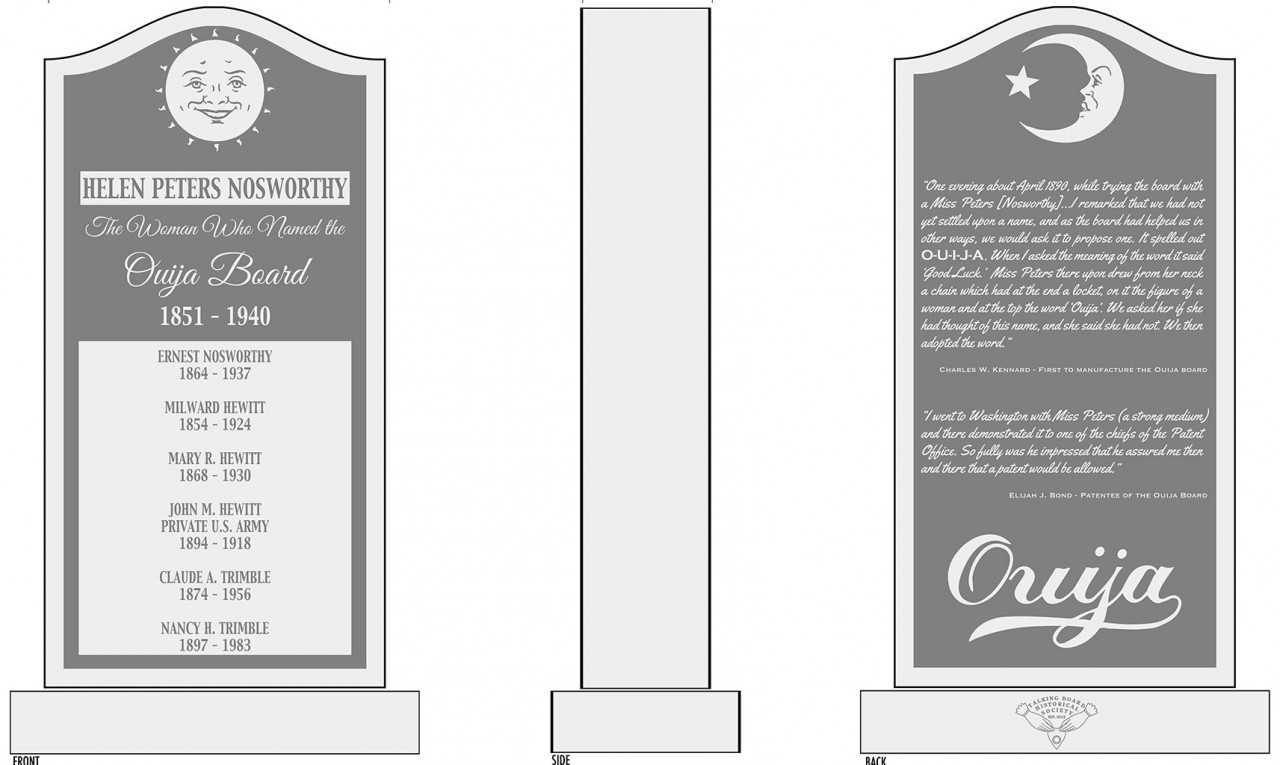
However, following the efforts of TBHS, funds were raised for a fitting memorial to Helen’s place in Ouija history and now a substantial memorial stands on her and her family’s resting place. A fine memorial to an influential and under-appreciated woman.
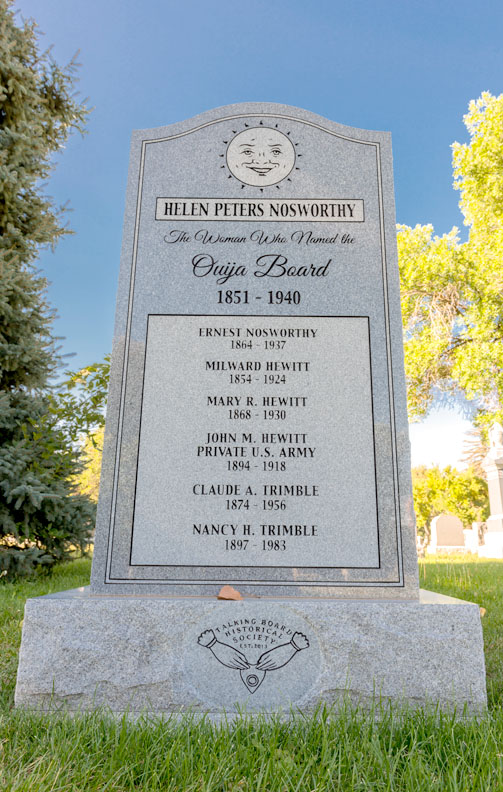
Links/Sources
Robert Murch’s research into Helen’s life is truly wonderful and I implore you to visit the links below to learn more about Helen’s life and his vivid journey in uncovering this hidden history.
https://www.facebook.com/talking.boards/photos/a.567074803327714/584596474908880/?type=1&theater
https://www.robertmurch.com/project/helen-peters-nosworthys-gravestone/
https://www.facebook.com/talking.boards/
Talking Board Historical Society
https://tbhs.org/?fbclid=IwAR185BsZnz2oQ6X1HiScTHEeDNS2c2MI2ss7AI5hJ6BSHBmpi9CTSrf-tZg
https://tbhs.org/helen-peters-nosworthy/
Images Courtesy of RobertMurch.com and tbhs.com
No copyright infringement intended.


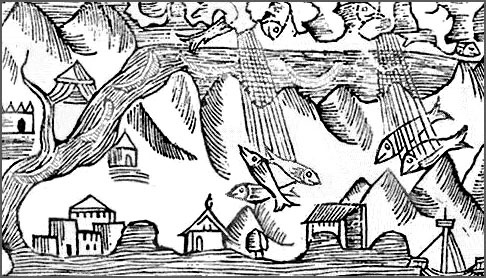


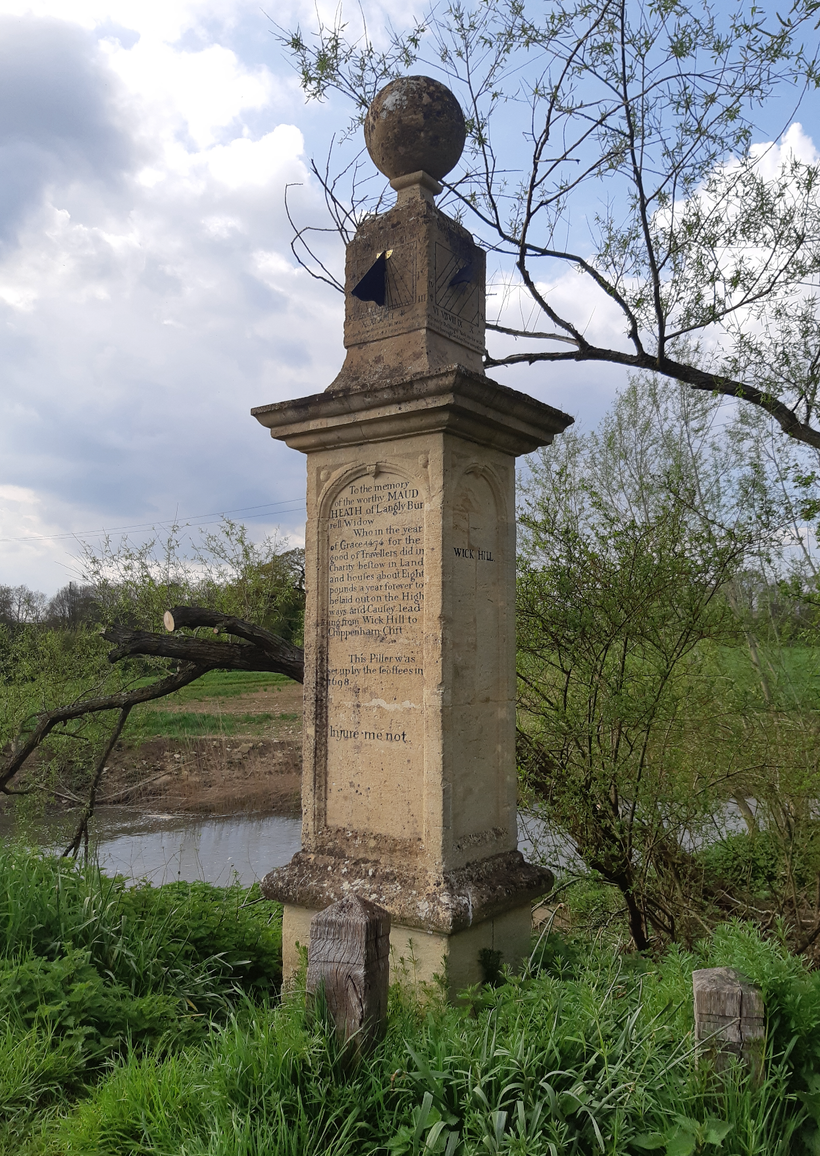
Leave a comment